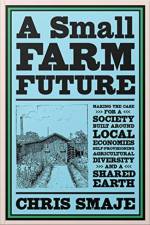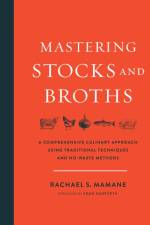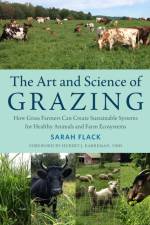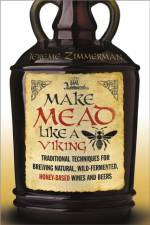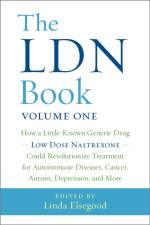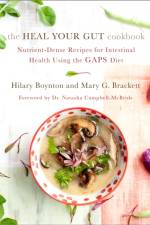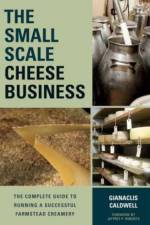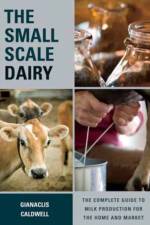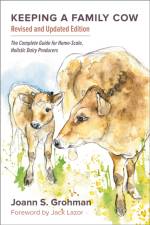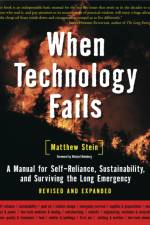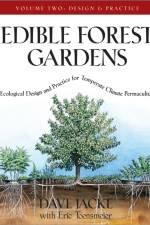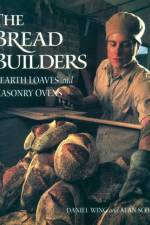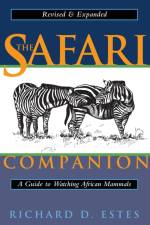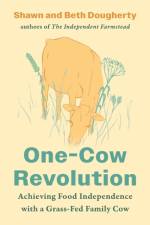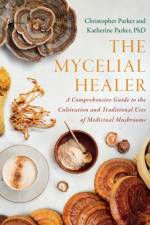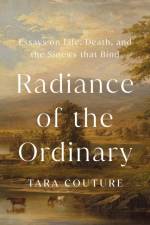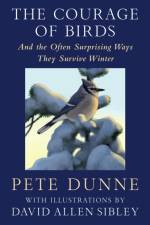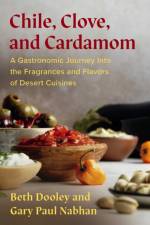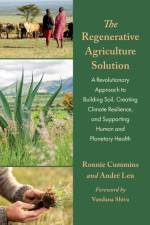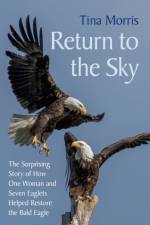av Beth Dooley
369,-
Explore mouth-watering recipes from the most vibrant and diverse culinary traditions of the hottest and driest places on earth--including the aromatic dishes and arid-adapted traditions from Central Asia, the Middle East, North Africa, and the deserts shared by the US and Mexico--compiled by two James Beard Award-winning writers. Chile, Clove, and Cardamom is a celebration of the fragrances and flavors of sun-drenched cuisines. Throughout this book, coauthors Beth Dooley and Gary Paul Nabhan reveal surprising patterns and principles among varied recipes of traditional desert cultures, bringing to life the places, dishes, and recipes that have been shaped by heat and drought and infused with bold flavors. Gary Paul Nabhan, world-renowned ethnobotanist, desert ecologist, and literary naturalist, has written extensively about foods from the Middle East to the desert Southwest and is the winner of the 2024 James Beard Media Award for his recent book Agave Spirit. Joined by fellow James Beard Award-winner (The Sioux Chef, 2018) and food writer Beth Dooley, who has explored both Indigenous and perennial foods, the two have created a unique, stunning collection of over 90 recipes that honor the tastiness of cuisines that have influenced how all of humanity eats today. Steeped in history and memory, Chile, Clove, and Cardamom is also a beautifully photographed, in-depth guide to the essential spice blends that will help you build your own aromatic pantry, drawing on a variety of easy-to-follow cooking methods for planning your own desert meals. Inside, you'll find: Main Dishes Sticky Lamb Ribs, Spicy Orange Chicken, Roast Chicken with Tarragon and Capers, Stuffed Mexican Peppers in Yogurt Walnut Sauce, and Lamb Kebabs with Moroccan Spices and Pomegranate Molasses Glaze. Light Fare and Small Plates Squash Blossom Fritters, Sonoran Flat Enchiladas, and Eggplant Fries with Desert Syrup. Dips and Sauces Sonoran Tepary Dip, Fire Roasted Eggplant Tahini Dip, Aromatic Red Pepper Sauce, and Fig and Pomegranate Jam. Breads Pocket Flat Breads, Pan de Semita, and Blue Corn Bread. Soups and Stews Tunisian Chickpea Stew, White Bean Chili, and Watermelon and Cactus Fruit Gazpacho. Salads Desert Succotash, Za'atar-Roasted Cauliflower, and Tangerine and Radish Salad. Drinks and Desserts Pineapple Sotol Margarita, Canary Islands Pastries, and Phyllo Nut Pinwheels. As hotter and drier conditions become more familiar to people beyond the places where these Indigenous and Nomadic cultural cuisines originated, these water-conserving dishes and energy-saving techniques become timely for many of us. Each recipe, in turn, introduces us to the gastronomic legacies that connect these cuisines, offering tips for understanding and sourcing high-quality, delicious ingredients--and how to use them--in a changing world. "If all the world's most delicious foods had a reunion, this would be their family album."--Lawrence Downes, writer; former member of the New York Times editorial board

